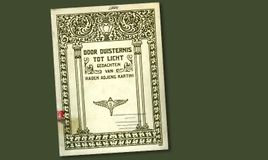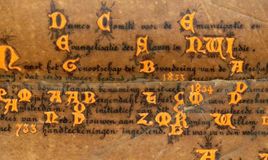In the nineteenth century, the contours of a feminist political movement became visible. Feminism became an official concept and the first feminist wave began in 1850. The spearheads of the women's movement were equality in education, labor and electoral rights.





